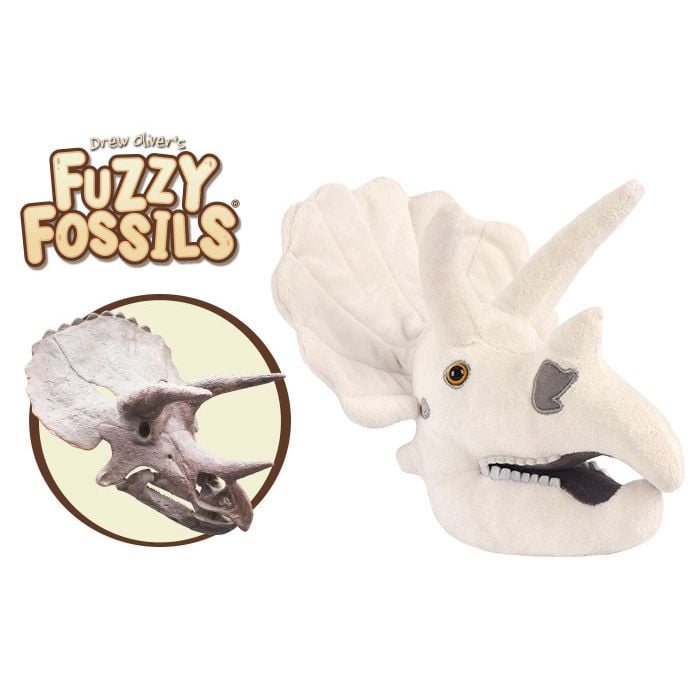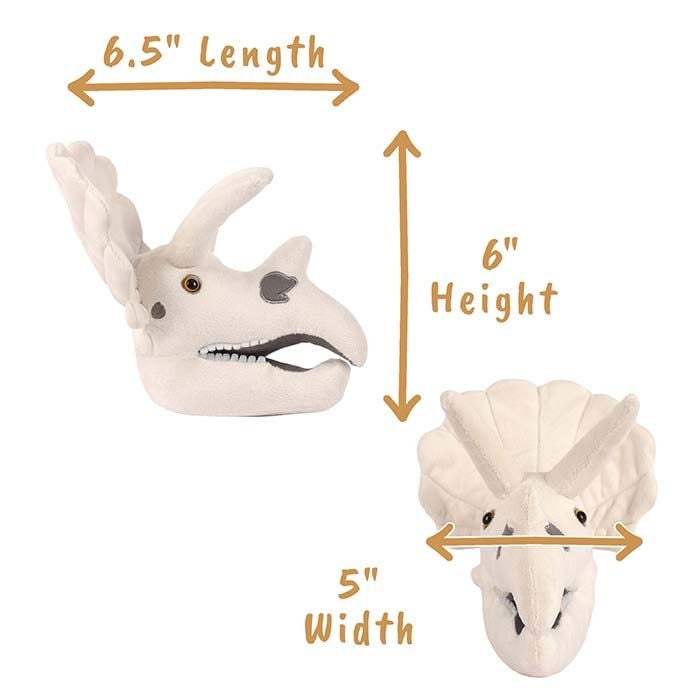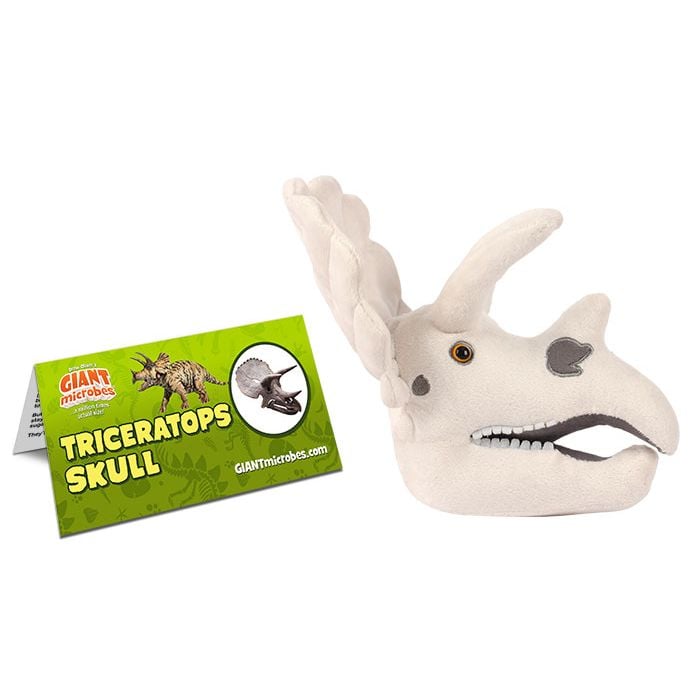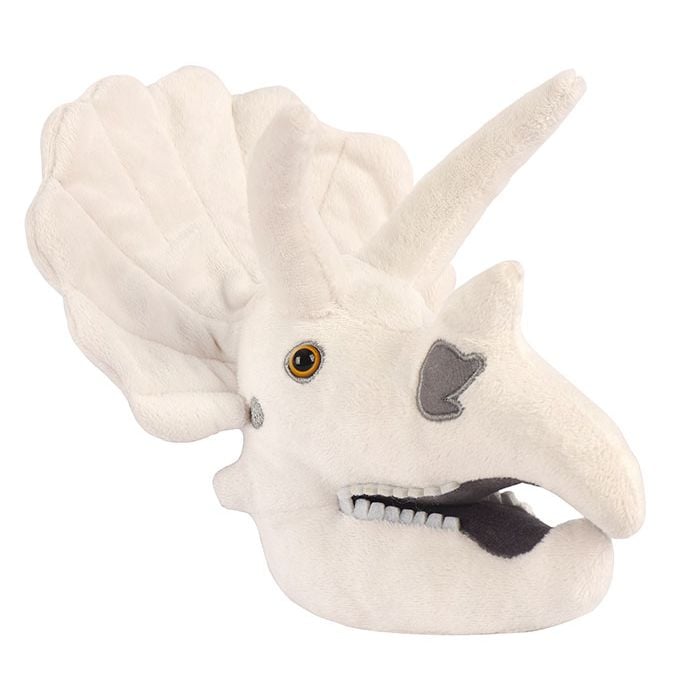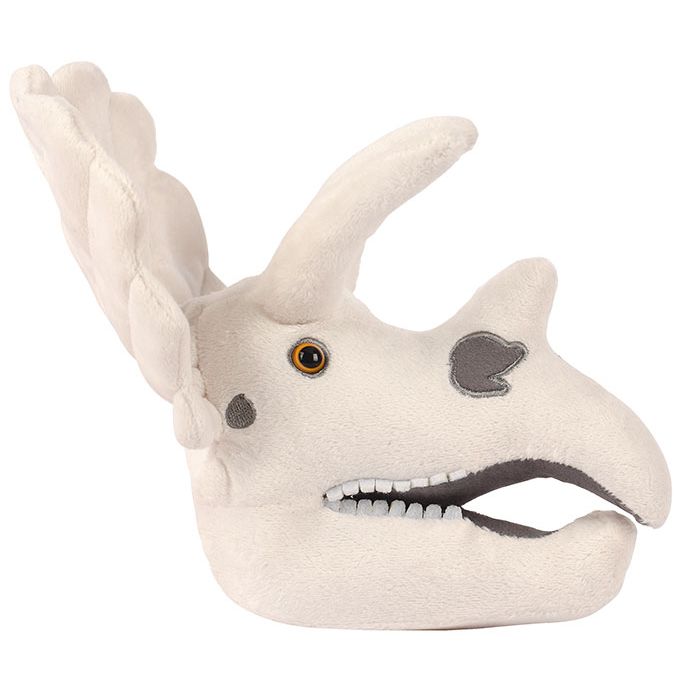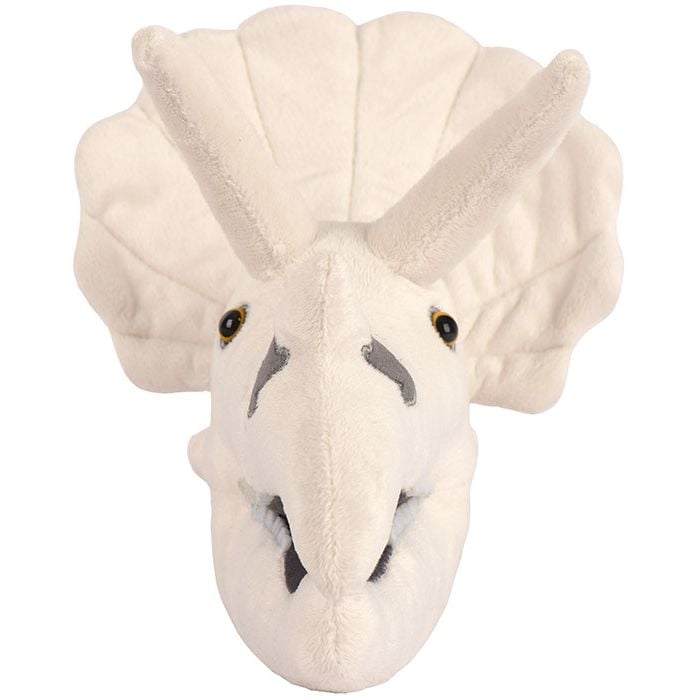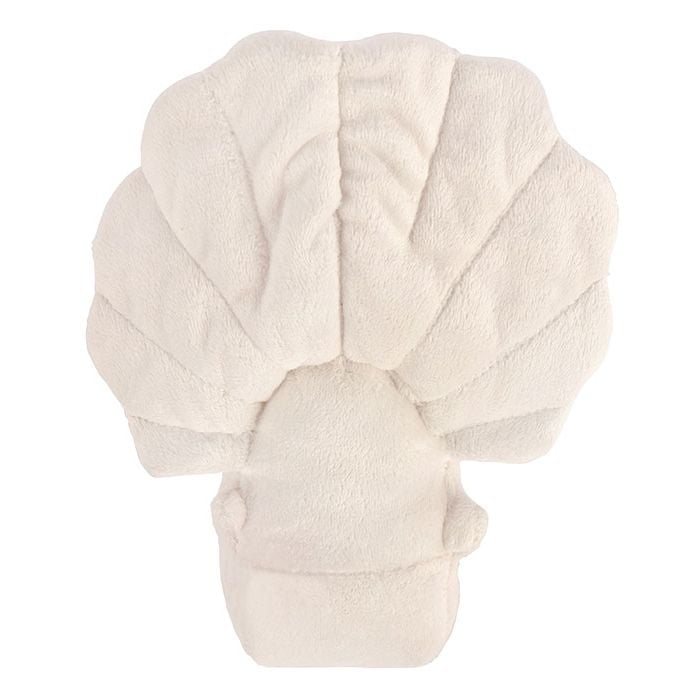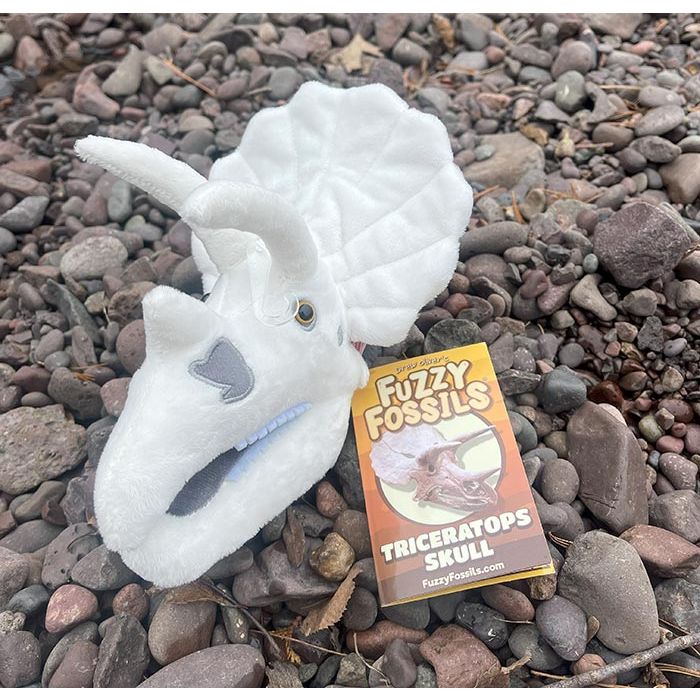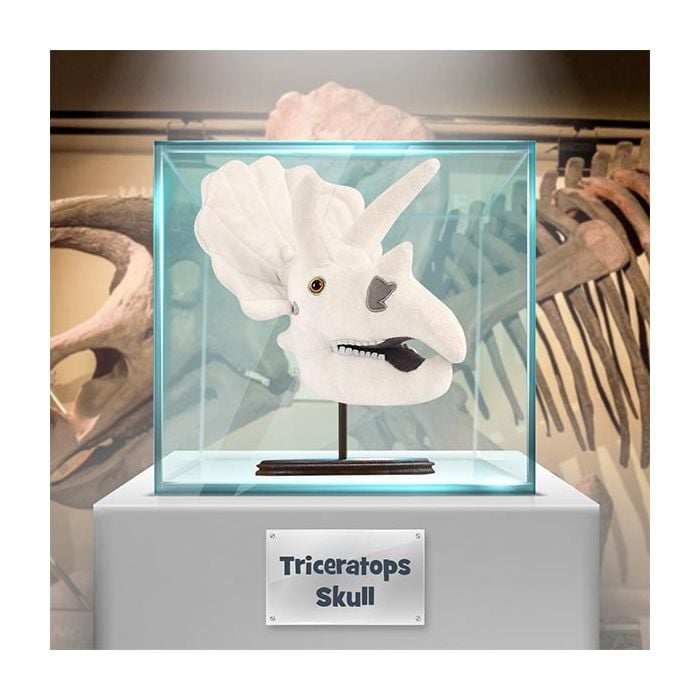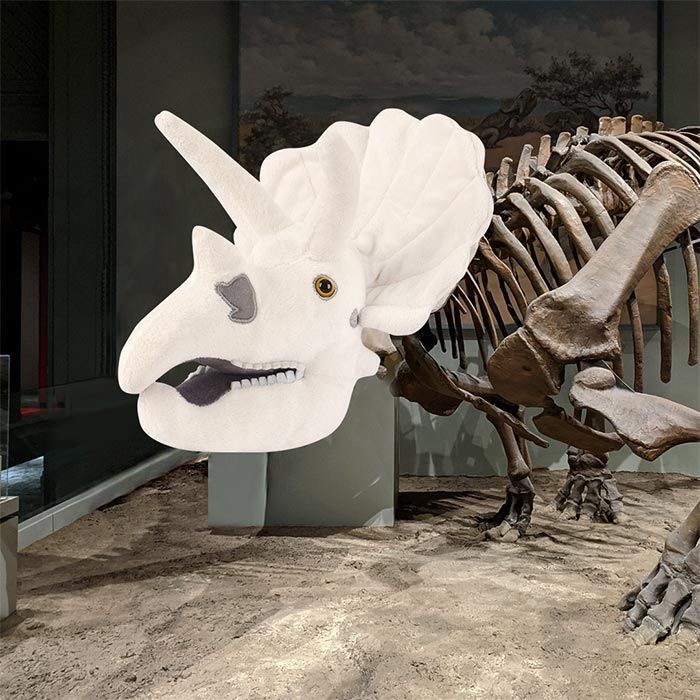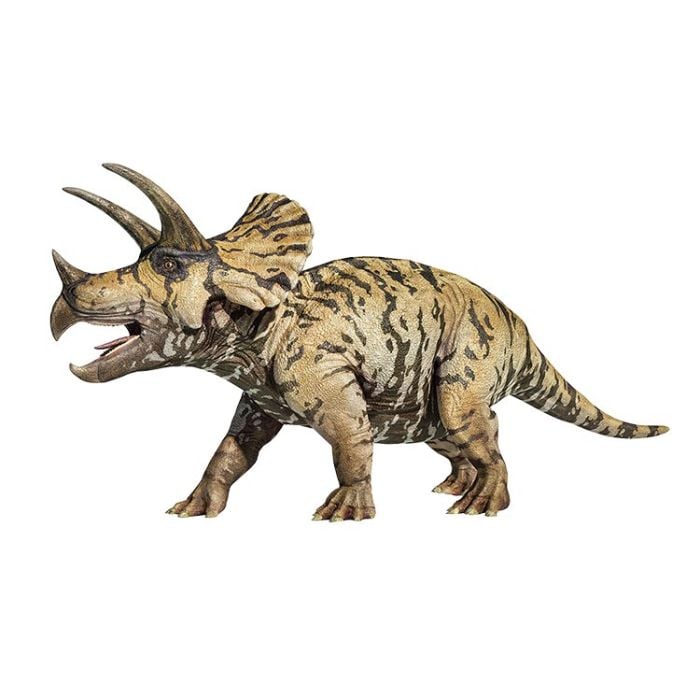Triceratops Skull
Triceratops is famous for its spectacular horns and frills. Its name means “three horned face.” This huge herbivore lived 66 million years ago until the cataclysmic extinction that ended the dinosaur age. Its predators included T. rex.
Size: 6.5 x 6 x 5"
Product Details
Additional Information
| Sizes | Giantmicrobes are based on actual microbes, cells, organisms and other critters, only 1,000,000 times actual size! Gigantic (GG) 16-24" XL (XL) 10-15" Original (PD) 5-8" Keychain (KC) 2-4" with clip |
|---|---|
| Materials | Plush from all new materials. Stuffed with polyester fiber fill. Surface washable: sponge with water & soap, air dry. |
| Packaging | Each plush microbe includes a printed card with fun, educational and fascinating facts about the actual microbe or cell. |
| Safety | Every product meets or exceeds U.S. and European standards for safety. For ages 3 and up. |
All about Triceratops Skull

FACTS: One of the most recognizable of all dinosaurs, triceratops is famous for its spectacular array of horns, spines and frills. This huge herbivore lived right up until the cataclysmic extinction that marked the end of the dinosaur age some 66 million years ago. Predators of triceratops included T. rex, which also roamed the marshes and forests of the late Cretaceous period. Paleontologists know this since T. rex tooth marks have been found on triceratops fossilized bones.
Triceratops was enormous, weighing over 20,000 pounds. This dinosaur had a giant skull reaching over seven feet, about one-third of its body. The biggest skull of all horned, frilled dinosaurs belonged to another species named Titanoceratops. Triceratops means “three horned face” with two great horns sprouting from its brow and a smaller snout horn made from the soft protein keratin, which is also found in your fingernails. As with a deer’s big antlers, the size of the frills may have denoted the alpha male. Triceratops was grouped with other horned dinosaurs called ceratopsids, all with large bodies, hooflike toes and massive hooked beaks and shearing teeth, efficient for eating huge amounts of plants every day. As one set of teeth wore down from constant chewing, they would be quickly replaced.
Many governments have joined the prehistoric fun with more than 40 states now having official state dinosaurs or fossils. Triceratops has been honored twice as the fossil of South Dakota and the dinosaur of Wyoming. Because triceratops was so abundant and its skull was so large, distinguishing, and resistant to erosion, many have been discovered. Lucky for us dinosaur fans, many triceratops fossils are now on display in museums around the world.













